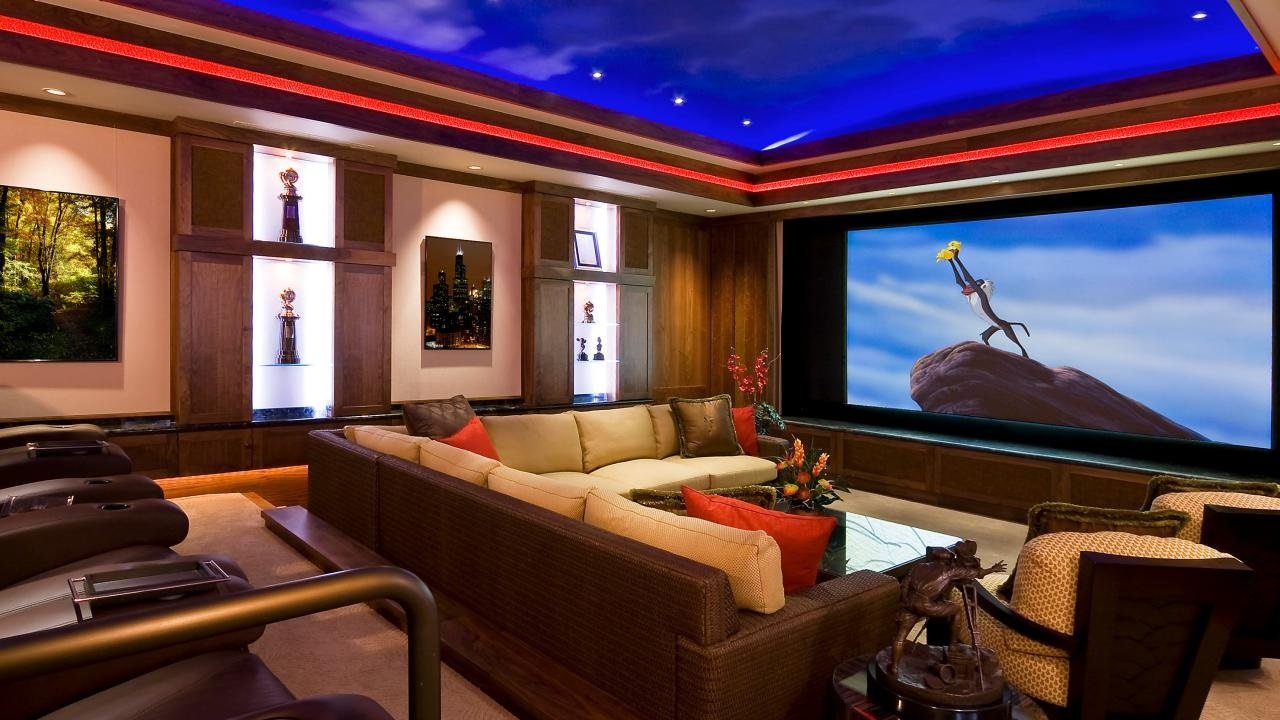The right audio-video setup can transform your house into a home theater, making every night movie night, and every gathering an audio-visual delight. Whether you’re a cinephile who wants to recreate the theater experience at home or a gamer seeking the next level of immersion, navigating the world of home audio video (AV) systems can be daunting.
Introduction
In our increasingly digital lives, home AV setups are more than just a patchwork of devices; they are the conduits through which we enjoy our favorite media, connect with loved ones, and sometimes, even find solace. A well-designed system blends harmoniously in the background, elevating rather than overwhelming the space. The pursuit of such elegance begins with understanding your unique needs and navigating the labyrinth of AV technology with finesse.
Understanding Your Needs
Space Assessment and Usage
Begin with space; is your audio-video setup intended for a cozy living room, a sprawling entertainment den, or perhaps a dedicated home theater? The size, shape, and acoustics of the area directly affect how sound waves propagate and how impactful your viewing experience will be. Furthermore, analyzing your usage requirements is paramount. Do you plan to host regular watch parties? Will you be gaming in the space, and if so, how will it be acoustically optimized?
Considering Your Budget
Balancing quality and cost is an art. Define a budget envelope that you’re comfortable with. Be realistic, but also be open to the idea that investing a little more upfront might result in a significantly better experience. Remember, this outlay isn’t just for hardware, but also for future-proofing and the subtle know-how that comes with professional installation and setup.
Choosing the Right Equipment
Selecting the Perfect TV
When it comes to TVs, bigger doesn’t always mean better, especially if it means sacrificing picture quality. Assess the benefits of OLED, QLED, or LED technology. Consider factors like refresh rate, input lag (if gaming is in your itinerary), and of course, contrast and color accuracy. The ideal television for your setup should align with the room’s dimensions and, naturally, your visual expectations.
The Harmony of Speakers and Receivers
Next, turn to audio. A quality speaker system can make or break your audio setup. Whether you opt for a high-fidelity two-channel system or an enveloping 7.1 surround sound setup, it must be complemented with a suitable AV receiver or amplifier that can decode audio signals and power your speakers efficiently.
The Elegance of Integration
Smart home technology has transcended gimmickry to become a seamless part of AV design. Research smart hub compatibility and explore how devices from different brands can play together, automating your home’s audio and visual landscape with simple voice commands or programmable routines.
Optimizing Audio Placement
Surround Sound Principles
Understanding surround sound formats such as 5.1, 7.1, or Dolby Atmos can be intricate but essential. Each format dictates a specific number and placement of speakers to create a three-dimensional soundstage. Consider the space and the seating arrangement from every angle when plotting your speaker layout.
Positioning Your Speakers
Placement is key. Speakers should be elevated and dispersed for optimal surround sound. The front speakers anchor the audio in front, with the center channel handling dialogue. Surround and height speakers create the illusion of sound coming from all around, while the subwoofer’s placement can be surprisingly influential in delivering a solid low-end response.
Setting Up Video Components
Finding the Right TV Spot
The placement of your TV should offer optimal viewing angles from multiple seats while minimizing glare. If wall-mounting, ensure the bracket is compatible with your TV’s size and weight. For open spaces, consider swivel mounts to redirect the display. If using a projector, factor in the distance from the screen for the right image size.
Considering Viewing Angles
Nobody likes a stiff neck. The viewing angles from your seating area to the TV should be within manufacturer recommendations for the best picture quality. In spaces with alternative seating, consider tilting or adjusting the TV tilt for the best viewing experience.
Integration and Connectivity
Going Wireless
The convenience of wireless audio setups is undeniable, especially for rear speakers or multi-room systems. However, assess the trade-off in terms of sound quality and potential interference. For a critical listening setup, you might find that a well-planned wired connection is still the gold standard.
Harnessing Smart Home Synergy
The future is here, and it’s voice-controlled. Explore smart home ecosystems to sync not only your AV equipment but also your lighting, climate control, and even motorized blinds into an immersive home experience. Compatibility and ease of setup should sit at the top of your checklist when selecting smart home components.
Troubleshooting and Maintenance Tips
Diagnosing Common AV Issues
No setup is immune to hiccups. Understanding common problems such as static, audio delay, or display artifacts can save you time and headaches. Often, the source could be as simple as a loose cable or an outdated firmware, so a systematic approach to troubleshooting is vital.
The Art of Calibration
While modern AV equipment offers a myriad of settings and adjustments, nudging them into the optimal configuration can be daunting. Calibration tools or services can help fine-tune your system, ensuring colors pop, audio is properly balanced, and devices are synchronized to perfection.
Conclusion
A home audio-video setup is a canvas on which you paint your leisure time. It can be as simple or as elaborate as you desire. The secret sauce to the perfect AV setup lies in a fusion of your personal needs, your space’s quirks, and a judicious blend of technology that bends to your will with the grace of invisible angels. With this guide in hand, you’re equipped to design, deploy, and delight in a home AV system that is truly your own, an extension of your unique taste and passion for sound and sight.



